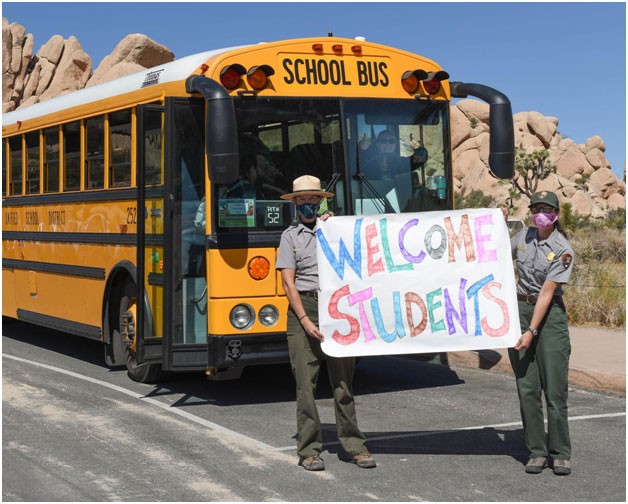
Education Rangers welcome students to the park. Original public domain image from Flickr
8 Tips to Plan the Perfect School Bus Field Trip This Spring
Field trips can stay in a student’s memories forever. But planning them behind the scenes is time-consuming and filled with things that can go wrong. As Spring approaches, the better weather offers the perfect time for memory-making field trips. Below, we highlight several ways you can use good planning and new school bus safety technologies to reduce your workload, improve safety, and create trips students will remember forever.
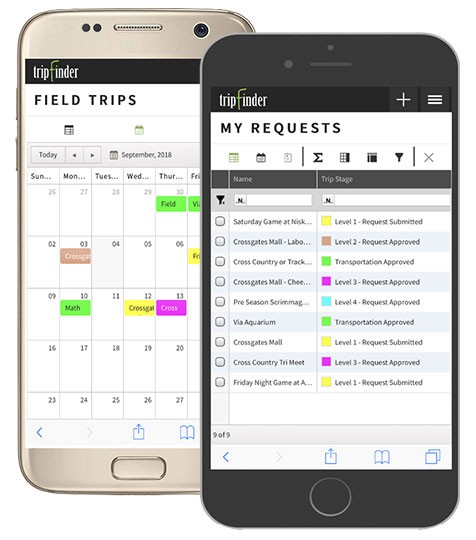
Plan Your Field Trip Schedule Using Modern Tools
Field trips are valuable for students, but planning for them can add a lot of extra work to your days. Time is already precious for most educators, and yet field trips with efficient planning and action-packed itineraries don’t happen by magic.
Fortunately, there are some modern ways to speed up the process, including handling some of the most time-consuming aspects like route planning, driver monitoring, and electronic contact with families.
Consider using some of these modern planning tools to streamline the process and save time and costs. Tools are available to help with:
- Routing, transportation logistics tool, and travel time management like Tripfinder
- Itineraries, research, and scheduling -Plan field trips with National Park Service resources
- Communication with parents -Educational technology for better school-parent communication
- Tracking and safety -Child safety and wellness during field trips
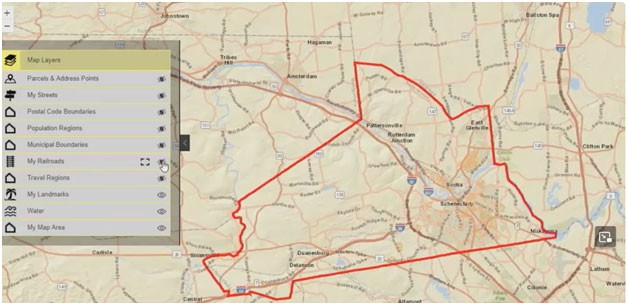
Leverage a School Bus Route Planner for Efficiency
A big time and money saver for schools on a daily basis, school bus routing software finds the fastest and most efficient routes to lower travel times and make the driver’s job easier every day.
Much more than a cost-effective way to get kids to and from school each day, bus routing software is the perfect tool for planning field trip routes.
Bus route planning software can:
-
- Plan your day more accurately to ensure on-time visits to attractions –Learn about efficient transportation planning
- Automatically create efficient routes, saving time on planning and overall fuel costs –Explore fuel-efficient transportation solutions
- Help the driver to avoid areas of high traffic or heavy construction –Federal Highway Administration traffic tools
- Offer GPS tracking technologies for real-time location and safety information –GPS tracking technology for vehicle safety
- Create routes that include multiple pick-up and drop-off points
- Monitor driver performance and safety –Driver monitoring and safety research
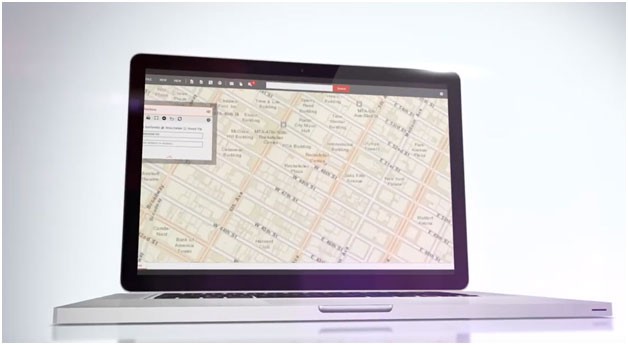
Use GPS Tracking to Keep Everyone Safe
Parents naturally worry when students are away from home, and finding ways to ease their anxiety can foster better relationships and trust. Field trips are a break from the norm and increase parents’ concerns about safe travel.
The live GPS tracking technology found in routing software like Transfinder is a built-in way to remotely track bus locations and monitor potential delays due to traffic or road hazards.
Tracking technology also provides schools with:
- Real-time data to share with parents
- Exact location coordinates in case of emergency –FEMA emergency preparedness resources
- Speed monitoring to evaluate driver safety –Speed tracking and safety reports
- Information for an organized return to school – Guidelines for safe school transportation
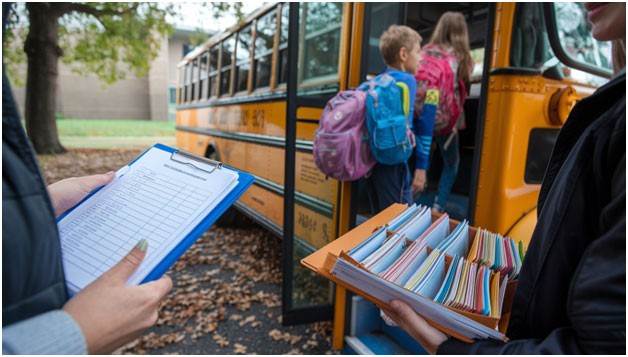
Double-Check Permissions and Student Rosters
Compiling student rosters and counting a pile of permission slips is a given before setting off on a field trip. But it can be easy to make a mistake. The simple act of double-checking your roster and permission slips can save you a lot of time later in the trip when you can’t find a student who was never on the bus to begin with.
In addition to double-checking these details, getting your paperwork in order can keep you organized on the trip. Some of the following admin tips can help you stay organized:
- Keep contact lists within easy reach: Having more than one contact point for the parents or guardians of each child increases the chances of being able to get ahold of their family in an emergency. Parental emergency contact preparedness
- Place permission slips and rosters in folders together: Bunches of loose papers become frustrating very quickly. Keep permission slips filed and tidy, but out of the way as they only need to be used in very rare circumstances
- Separate trip schedules: Your itinerary will be the paper you refer to most often. You don’t need to drag your permission slips and contact details out every time you check to see the next stop. Place your schedule somewhere convenient and have extra copies in your folder just in case.Field trip planning resources
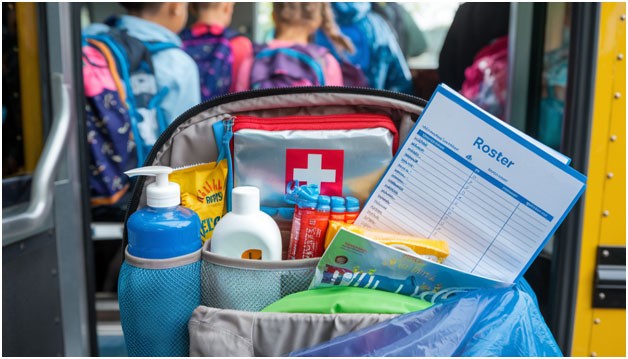
Pack the Essentials for a Comfortable Trip
You may be a pro at packing for a road trip at home, but organizing for a field trip is a whole different ball game. In addition to your personal packing, it helps to have items on the bus to keep everybody comfortable.
Staying Clean and Safe
Some simple hygiene and cleaning supplies can deal with a surprising number of requests. A bag with some of these essentials can come in very handy:
- Hand sanitizers and baby wipes –CDC hand hygiene guidelines
- Garbage bags for the surprising amount of garbage the group will create –EPA waste management and recycling tips
- A first aid kit and any medications to be given during the trip –Red Cross first aid kit recommendations
- Paper towels for cleanups and spills –Hygiene and cleaning practices
- Student allergy list to prevent unwanted medical incidents –Food Allergy Research & Education (FARE) school guidelines
- Name tags to help chaperones identify their students –Safe Kids Worldwide school safety tips
Refreshments
To avoid grouchy students, bringing a few refreshments on the bus can help keep them relaxed and well-fueled for the day ahead.
- Filling, yet fun snacks like granola bars and fruit snacks for students –USDA school meal nutrition guidelines
- Water or other drinks for a long drive
- Mints to help with motion sickness for students or adults
- Candies as a treat or to act as prizes for bus games
Extra Support
There are always a few items you wish you had brought after you get on the bus. These extra items can come in very handy and make your own or someone else’s day a lot better.
- Sensory tools for students who need support, like fidget gadgets and additional itineraries –CDC ADHD and sensory support recommendations
- A few feminine hygiene products for students, staff, or chaperones who may suddenly need them on the road –Office on Women’s Health menstrual health resources
- Pencils, pens, and drawing supplies to keep nervous or fidgety students occupied –NAEYC art and engagement activities for students
Don’t Forget Your Needs
When you are in charge of planning, it can be easy to focus on student needs and forget your own. Field trip days are long, and you need to be comfortable. Consider bringing the following along with you, depending on the location and season of your trip:
- Sunglasses and sunscreen for hot days or brightness –CDC sun safety guidelines
- A sweater or jacket to keep warm. Buses can get cold, and many places can suddenly get chilly when the sun goes down –National Weather Service cold weather safety tips
- Extra pens. More than you think you need, as they always go missing
- A good-sized lunch filled with items you can eat quickly and easily on the go

Engage Students with On-Bus Activities
Field trip drives can be long, and school kids are not known for having long attention spans. Combat fidgeting and ward off unruly behavior before it starts by planning bus activities in advance.
Engage students of all ages with some simple but time-tested bus activities, including:
- Trivia contests and team-based quiz games –Smithsonian's educational trivia resources
- Observation-based games like license plate games and I Spy
- Memory games –BrainFacts on memory games and learning
- Singalongs –Kennedy Center arts and music resources for children
- Puzzles, crosswords, and coloring pages –Library of Congress free printable coloring books and activities
Activities can help break up a boring drive, but students can also benefit from some downtime on the bus to relax, socialize, and rest. Specifying portions of quiet time can also help to encourage quiet and prevent students from becoming overstimulated.
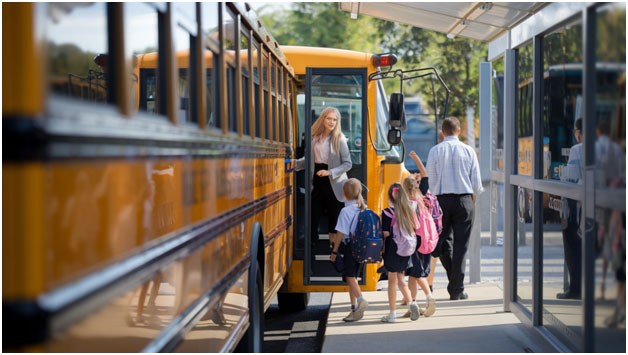
Optimize Drop-Off and Pick-Up Points
A smooth pickup and drop-off schedule saves a surprising amount of driving time. It also reduces the cost of gas and prevents doubling back on the route.
Routing technologies can save field trip planners a lot of time, as they automatically calculate routes with designated pick-up and drop-off points. There is so much to think about when planning a trip, outsourcing the navigation to technology is a no-brainer for time-squeezed staff.

Prepare for Emergencies with Backup Plans
Despite the best plans, emergencies and unforeseen events can happen. Before the trip, consider what the plan will be if you run into some of the most likely emergency scenarios like medical problems and road accidents. Planning in advance can help you stay calm and guide students in the event of an emergency.
Not all changes are the result of an emergency; in fact, most are not. Problems are more likely to arise from day-to-day complications, but planning for them can help salvage a trip with quick thinking. Other trip-altering events can include:
- Closure of a chosen destination or activity
- Unforeseen weather and storms –National Weather Service safety and preparedness resources
- Extensive road delays due to traffic, construction, or accidents –Federal Highway Administration traffic and road delay tools
- Driver emergencies
Having a backup plan can turn a disaster into an inconvenience and keeps students calm when things don’t go to plan.
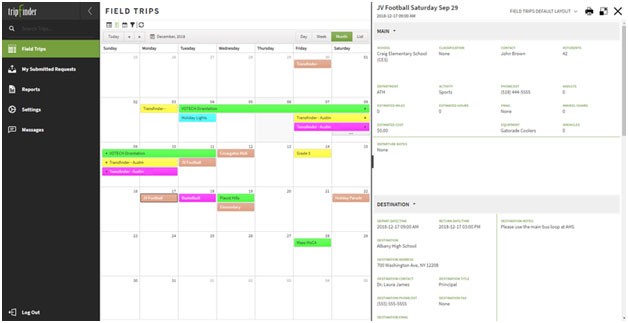
Plan Your Next Field Trip with Ease Using Modern GPS Support
Behind every student's happy memory of a field trip is a hard-working staff member who put it all together. Planning activities, communicating with parents, and taking care of travel plans is exhausting, and outsourcing to technology wherever possible can save a lot of time and money.transfinder.com
Fortunately, advanced GPS technologies likeTransfinder can take care of planning concerns for you. Instantly plan the best route, quickly adapt to issues on a trip, and offer real-time tracking for concerned parents at home.Learn more about school bus safety from NHTSA.
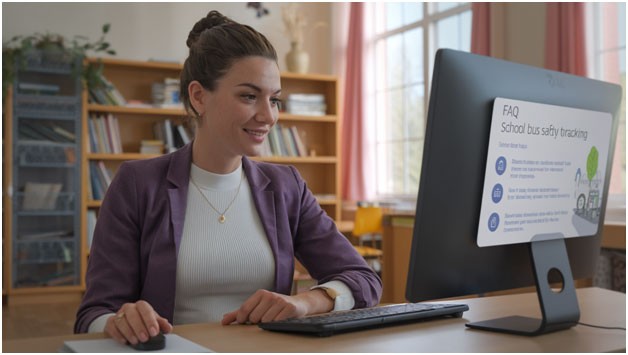
FAQs
What is the best GPS system for school buses?
A school bus GPS system should offer so much more than navigation. With multiple stops, ever-changing traffic conditions, and concerned parents to consider, comprehensive systems likeTransfinder can lower costs, save time, and improve communication and trust.
How can I ensure student safety on field trips?
Experienced staff and drivers are the most vital resource for keeping children safe on a field trip, but modern technologies can help. FEMA school emergency preparedness outlines how to prepare for the unexpected. GPS bus routing software tracks progress in real time, offering accurate location information in case of emergencies. This modern technology also monitors driver performance and creates routes to allow for an unrushed schedule.
What tools help with bus scheduling and route optimization?
Transfinder is a GPS-enabled bus routing software that selects the most efficient route for school buses while providing real-time tracking and driver monitoring for safety. Routing software takes a load off drivers and planners by finding the best routes while avoiding hazards, heavy traffic, or areas undergoing construction.Learn about traffic analysis tools from the Federal Highway Administration.



